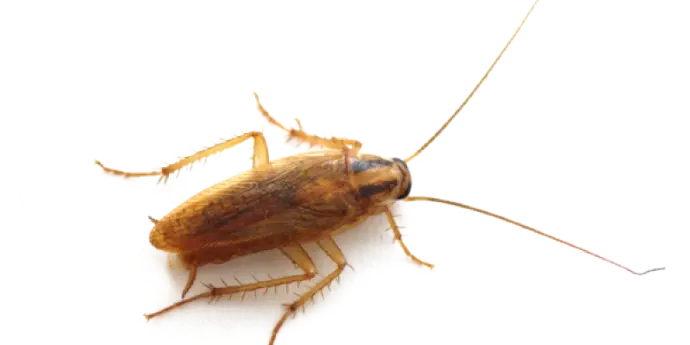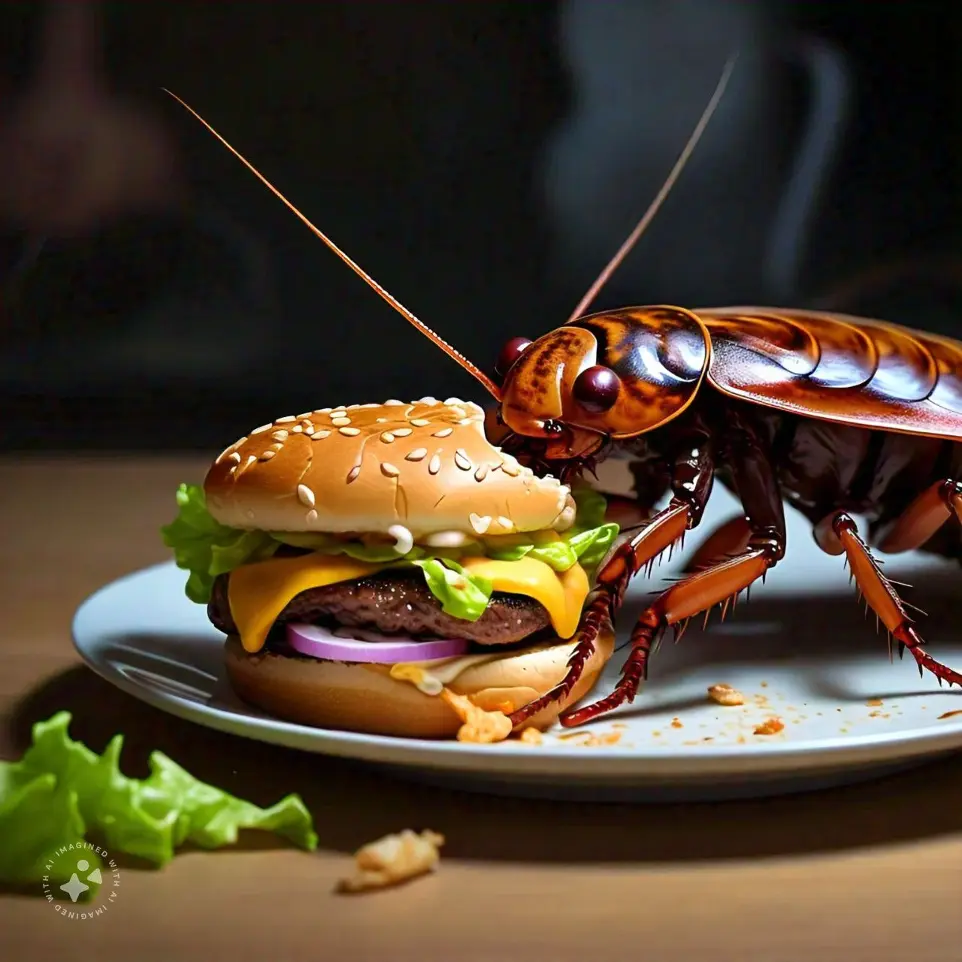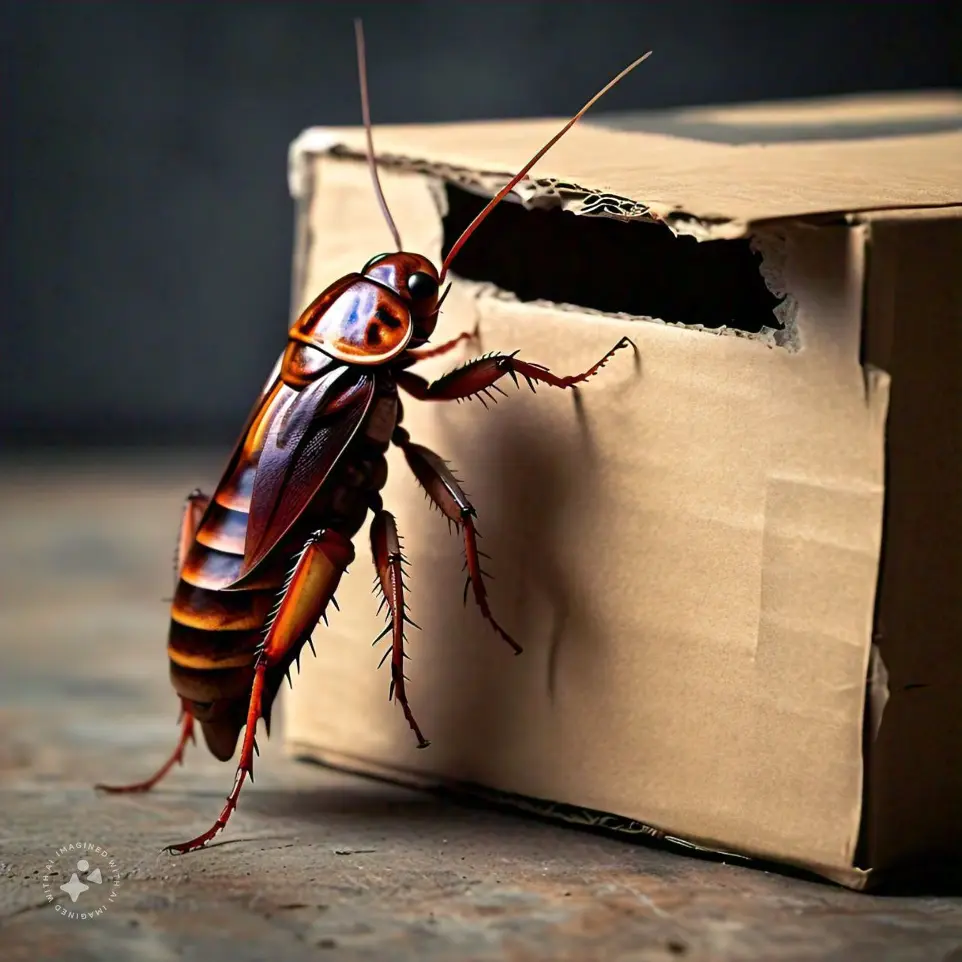Say Goodbye to German Roaches: Your Path to a Cleaner, Roach-Free Environment!

German Roach (
Blattella germanica
)
Size: 0.5–0.6 inches (1.2–1.5 cm) in length
Weight: 0.1–0.2 grams
Color: Light brown to tan with dark parallel stripes on the thorax
Body Shape: Small, oval with smooth, flat features
Eyes: Small, dark, and beady
Antennae: Long, slender, and threadlike
- Noted for their small size and ability to hide in cracks and crevices
- Rapid breeders with populations growing quickly if left unchecked

Feeding Preferences
German cockroaches are highly adaptable when it comes to finding nourishment and will consume a wide variety of available options. In commercial spaces, they are drawn to both liquid and solid waste, such as spilled sugary substances, grease, or leftover food scraps. They are opportunistic scavengers, feeding on items with high carbohydrate or protein content, including crumbs, discarded food packaging, or remnants near trash areas. These pests are capable of surviving on minimal resources, which allows them to thrive even in areas with poor cleaning practices. Ensuring regular sanitation and proper disposal of waste is key to minimizing their access to these food sources.

Habitat
German cockroaches thrive in environments that offer warmth, moisture, and access to food. In commercial settings, they are commonly found in sheltered spots such as behind appliances, under counters, or within small cracks and crevices. These areas provide protection from human activity while ensuring proximity to food sources and water. They are frequently spotted near areas with spills, waste accumulation, or improperly stored supplies. Their preference for confined, humid spaces allows them to remain hidden and undetected, making it easier for them to spread throughout facilities with poor sanitation or waste management practices.

UPM's AIR Approach for German Roach:
- Assess: Inspect your home for signs of cockroach activity, such as droppings, egg cases, or live roaches. Focus on areas like kitchens and bathrooms, checking behind appliances, inside cabinets, and in other small hiding spots to assess the severity of the infestation.
- Implement: Use targeted treatments such as baits, traps, and insecticides, focusing on eliminating food and water sources. Seal cracks and crevices where roaches may hide, and improve sanitation practices to help reduce the population.
- Review: Regularly monitor high-risk areas for signs of roach activity and continue preventive measures, such as keeping food sealed, fixing leaks, and maintaining cleanliness, to prevent future infestations.
Frequently Asked Questions
They can move through small cracks, vents, plumbing, or by hitching a ride on food deliveries or supplies.
Common indicators include a strong musty odor, droppings resembling coffee grounds, and spotting live roaches in warm, dark spaces.
While they are resilient, they require moisture and can only survive a few weeks without access to nourishment.
The average lifespan is 6–12 months, depending on environmental conditions and availability of resources.
Yes, they thrive in warm, humid environments with easy access to organic waste and water sources.
Integrated management approaches, including professional treatments, proper sanitation, and sealing entry points, are key.
Yes, they can carry and spread bacteria and pathogens that may cause foodborne illnesses.